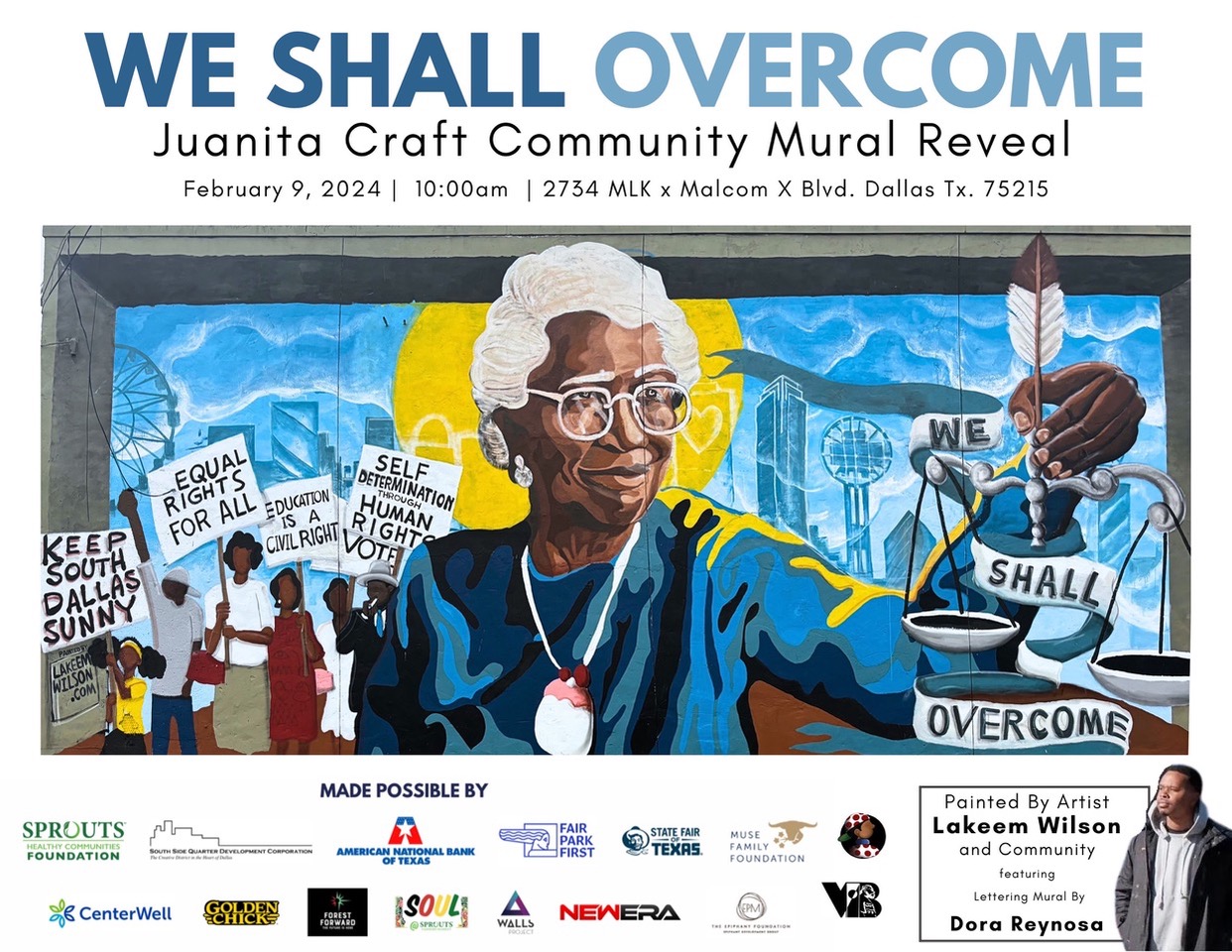Juanita Craft Civil Rights
House & Museum
THE JUANITA CRAFT CIVIL
RIGHTS HOUSE & MUSEUM IS OPEN
RECENT PRESS
The Fight is On!
NAACP Youth Council Battles State Fair Segregation
Beginnings
The Great Texas State Fair & Dallas Exposition – predecessor of the current State Fair of Texas – opens in 1889 and soon thereafter establishes “Colored People’s Day” (also referred to as “Negro Day”) for which Booker T. Washington gives the keynote address in 1900. In the patchwork racial apartheid of fin-de-siècle Dallas, African-Americans can still access most of the Fairgrounds.
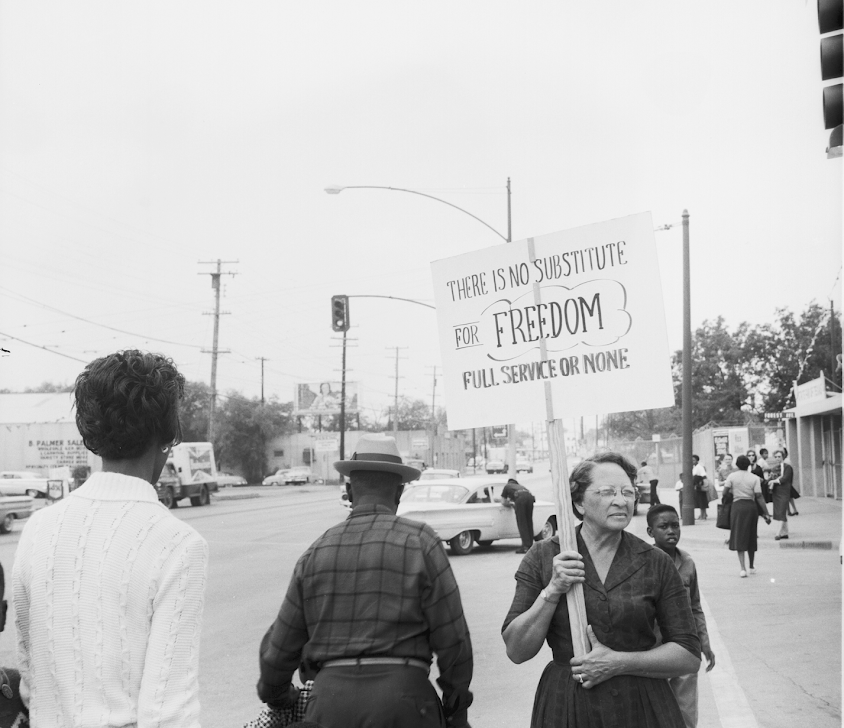
Early 20th Century
As Jim Crow laws drape the opening decades of the 20th century, African-American admission to the now State Fair of Texas becomes increasingly restricted. Negro Day eventually serves as the only day African-Americans can fully enjoy the Fair’s offerings.
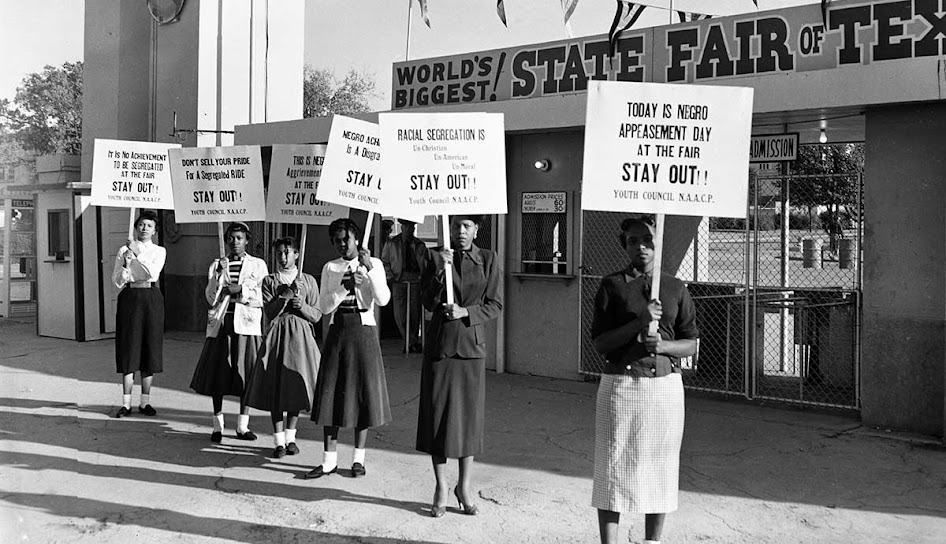
1936
The 1936 Texas Centennial Exposition includes the first building to showcase African American culture at a major U.S. exhibition. The Hall of Negro Life – managed, programed and curated by African-Americans – is dedicated on June 19, 1936. The Centennial also features Orson Wells’ Macbeth staged at the Centennial Bandshell with an African-American cast from New York City. Both the Hall of Negro Life and Macbeth attract large and enthusiastic mixed-race audiences. This prominent elevation of African-American culture is unprecedented in a former state of the Confederacy as are integrated bathrooms at The Hall of Negro Life. However, integrated venues at the Centennial prove to be a false dawn vis-à-vis impacting the pace of racial reform in Dallas.
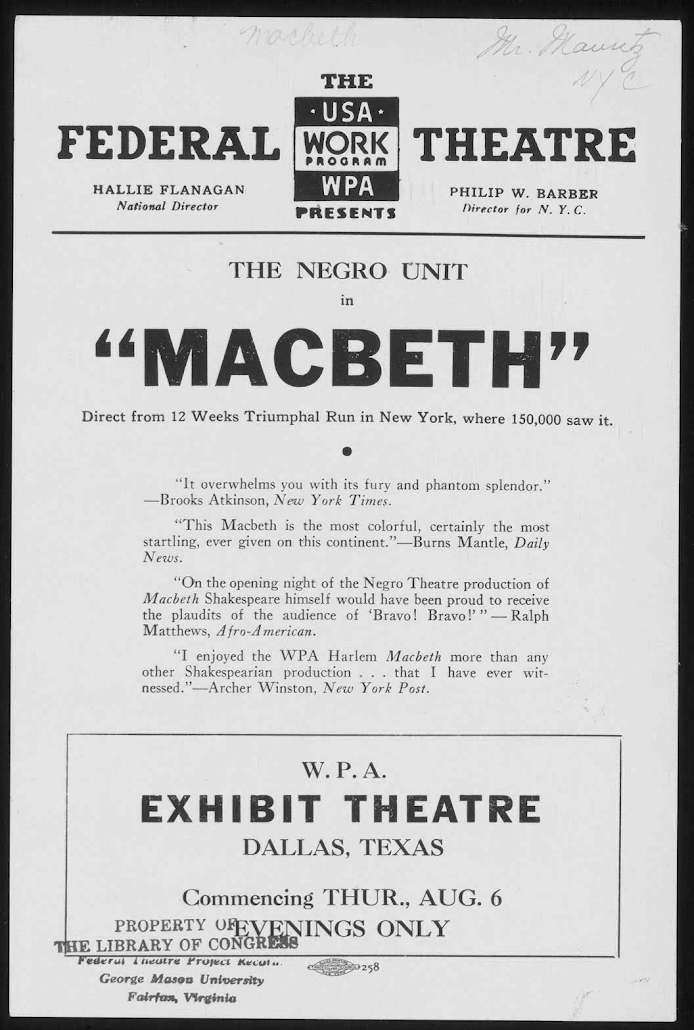
POST WORLD WAR II
“Negro Achievement Day” is established in 1946. Overall, tangible racial progress runs headlong into the fierce backlash of white resistance to gains achieved by landmark civil rights rulings. Texas governor Allan Shivers and his attorney general John Ben Shepperd lead the campaign to roll back civil rights thereby casting a pall across the South, bringing the snail’s pace of racial progress in Dallas to a virtual halt.
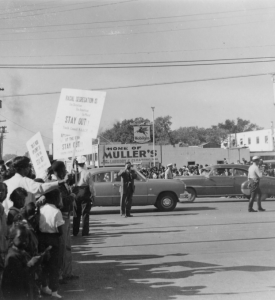
1955
Into this history boldly steps Juanita Craft in 1955. Already a social justice figure of national stature, Craft wholly rejects the “go slow” approach of the Fair’s executive committee, the Dallas Negro Chamber of Commerce and local businesses supporting “Negro Achievement Day.” From this house on Warren Avenue, she deftly mobilizes NAACP Youth Councils using her extensive national, regional and local networks. Thus she launches a direct-action campaign to dismantle one of the most prominent examples of institutional segregation at the largest state fair in the United States. NAACP Youth Council picket lines on October 17, 1955 recast Negro Achievement Day as “Negro Appeasement Day”, “Negro Aggrievement Day” and “Don’t sell your pride for a segregated ride!” Craft organizes community activities as an alternative until 1967 when the Fair completely desegregates. Afterwards, Juanita Craft develops close relationships with Fair executives and is honored on her 80th birthday at Fair Park Garden Center. Her memorial service is held at Fair Park Hall of State in August 1985.

Make a Donation
“It is my hope that after I am gone, people of all background will visit my house and come to understand that individuals can make a difference, and to appreciate the importance of service to community and nation…you don’t have to be rich to make an impact but you have to work and to care.”
– Juanita Craft, March 1985

